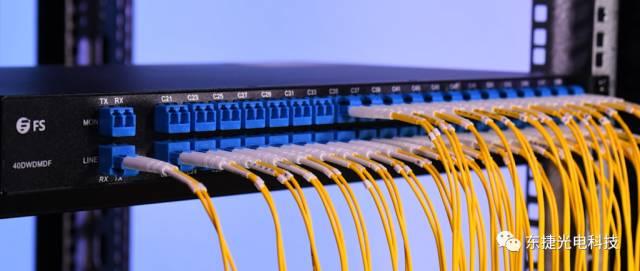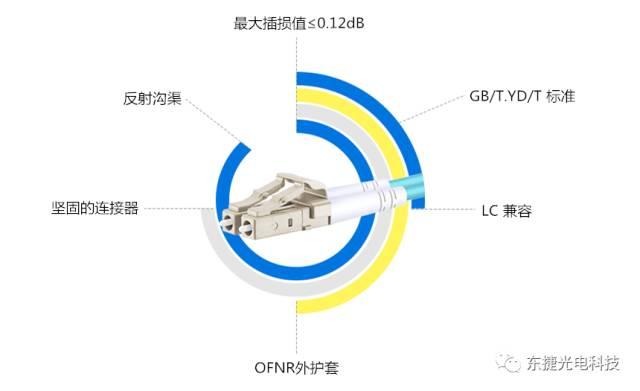发布日期:2017-11-24 查看:0
Optical fiber jumper and connector are the most commonly used components in optical transmission systems, and their performance plays a vital role in signal transmission. In general, standard jumper and fiber connector will have some impact on the reliability of the network, but also the most common source of fault in the optical network. In fact, this kind of network failure caused by unstable wiring can be effectively avoided. The purpose of this paper is to introduce the basic principle of insertion loss and how to realize high quality optical transmission.

Optical loss in optical fiber networks
Good fiber performance depends on high quality connectors. Insertion loss is one of the key factors that affect the performance of optical fiber networks. It refers to the loss of the effective optical power of the link caused by the insertion of connectors or connectors. This paper mainly talks about the loss caused by optical fiber connector.
Optical fiber connectors are widely used in all types of network input and output ports, and are also used to connect test equipment and instruments. Inserting connectors into optical lines can cause the attenuation of transmitted signals and the reflection of some signals.
Random pairing refers to the random matching of randomly selected plugs from production, which is the most professional method for testing insertion loss, and also provides a reference for customers to select high-quality optical fiber jumper. The difference between the four levels of fiber optic connectors is based on this test method:
Loss of grade loss (IEC 61753-1)
Class A has not yet been defined
B average value is less than or equal to 0.12dB; the maximum value is less than or equal to 0.25dB more than 97% of the sample
C average value is less than or equal to 0.25dB; the maximum value is less than or equal to 0.50dB more than 97% of the sample
D average value is less than or equal to 0.50dB; the maximum value is less than or equal to 1.0dB more than 97% of the sample
The IEC 61753-1 standard specifies four random pairs of IL (insertion loss) performance levels, of which class A has not yet been defined. The insertion loss values used by many manufacturers in the market are only applicable to certain environments, but they are not applicable when they are used in the field. But because the result of the test is random, it's more convincing. There are four different levels of fiber connectors in the upper table. For example, B class, the maximum insertion loss of more than 97% of samples is less than or equal to 0.25dB, and the average value is less than or equal to 0.12dB.
Ultra low loss fiber jumper solution
The use of optical fiber jumper will directly affect the performance of data center. Therefore, the demand for high quality fiber jumpers is mainly network managers.
Ultra low loss single mode fiber jumper
From its name, it can be seen that the single mode jumper has low insertion loss characteristic, and its typical insertion loss is only 0.12dB. Compared with the jumpers whose insertion loss is 0.3dB, their performance has been improved a lot. This jumper is mainly used in 1310nm ~ 1550nm full band signal transmission, its B level connector can ensure ultra-low insertion loss and return loss, effectively reduce the error rate, so that the transmission is more reliable. In addition, the single-mode fiber uses G.657.A1 fiber, so the cable has better bending performance than the standard jumper.

Ultra low loss multimode fiber jumper
Multimode fiber (MMF) is the best choice for short distance optical transmission. The maximum loss of the optical signal at 850nm or 1300nm wavelength is only 0.15dB. The common types of low insertion loss multimode fiber, including OM2, OM3 and OM4, are made of special materials, which have the characteristics of bending insensitivity, and ensure the stability of optical fiber jumper. All in all, this ultra-low insertion loss multimode optical fiber cable fully meets the requirements of high-speed and high-capacity signal transmission.
